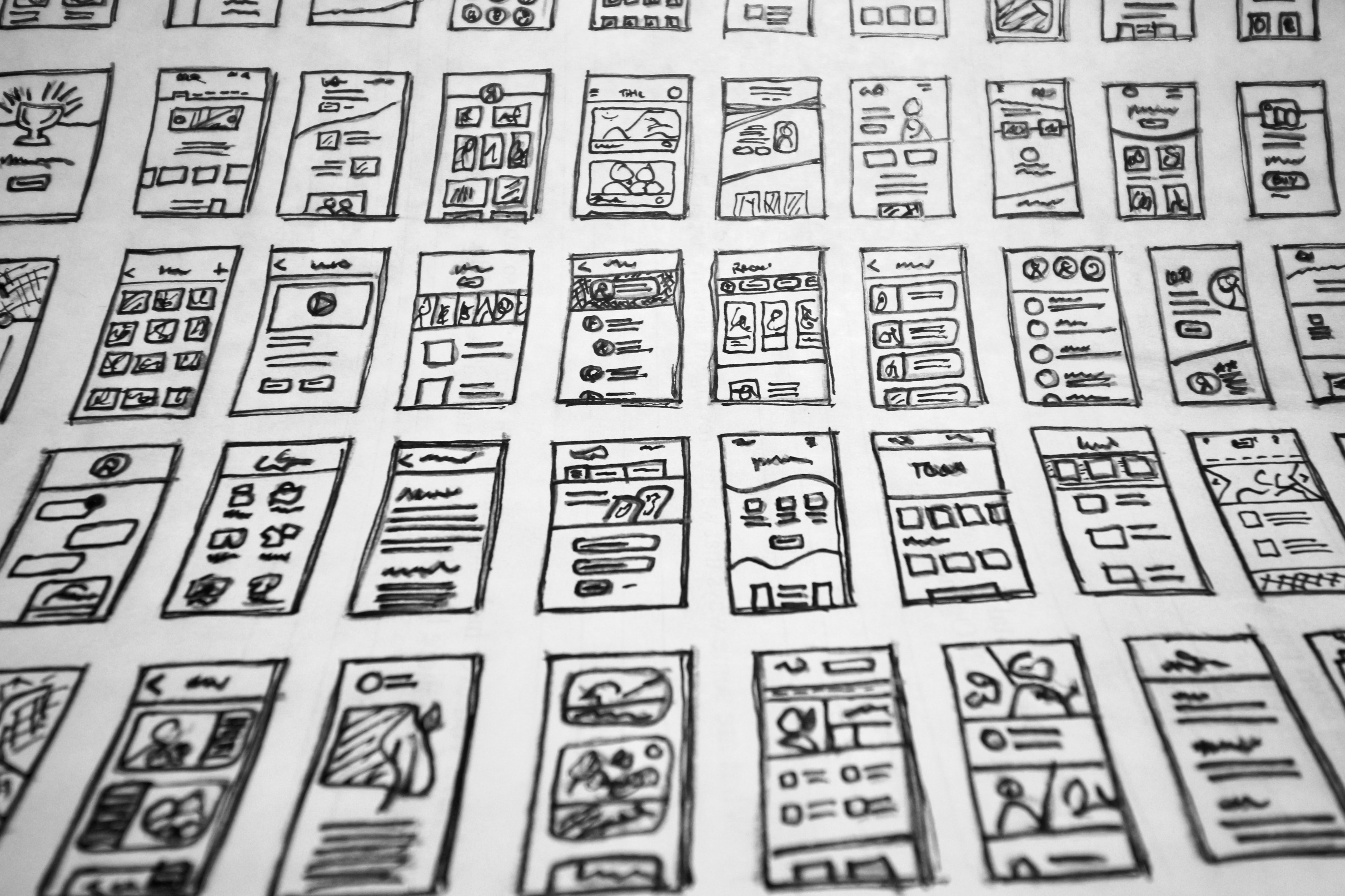How Sanvello Uses Behavioral Design to Boost Mental Health
Whether due to cost or the lingering stigma associated with getting help, many people whose mental health could benefit from therapy don’t seek it....
3 min read
Written by Laura MacPherson, Nov 15, 2018

Those of you who have been following our blog know that we write about behavioral design quite a bit. And we integrate behavioral design into the products we build for clients. Our goal is to get users to engage with the products more often and to spend more time on them. We want to change people’s behavior. If this sounds too much like manipulation and makes you a little uneasy, you’re probably wondering about the ethics of behavioral design.
There’s a fine line between working toward positive behavior change and manipulation. We’re just as passionate about ethics as we are about product design. In this post, we’re sharing a helpful matrix to determine whether you’re on the right track.
The Manipulation Matrix was designed by Nir Eyal, author of Hooked: How to Build Habit-Forming Products. The matrix is a tool to support decision-making, to help you determine whether the product you’re preparing to build, or the functionality you’re planning to use, is ethical. It will help you uncover the answer to the question, “Should I attempt to hook my users on this product?”

As you can see, the two primary questions that determine the ethics of driving behavior change are 1) “Does it materially improve the user’s life?” and 2) “Does the maker use it himself or herself?” You should be able to answer these questions quickly and with confidence. If you can’t, then you may be on the path of trying to justify an unethical product.
The best scenario in the matrix is that your product is a Facilitator. Your product materially improves the lives of users and you use it yourself. If you use (or would use) the product yourself, you understand exactly why it’s needed and precisely how it would help. You understand the consequences of use and the consequences of living without it. You believe in the product enough to become your own guinea pig.
A Peddler product has good intentions. The maker of the product wants to help others improve their lives. But if you don’t use and don’t intend to use the product yourself, chances are high that you’re missing some important factors. The reason that using the product yourself is so valuable is that, unless you do, you may not fully understand the obstacles that lie in the way of intended users or unintended consequences of use. If you don’t (or wouldn’t) use your product, be sure to do extensive research with your target audience to ensure you fully understand their challenges, needs, and struggles. And be wary of developing a savior complex as you go along, which can end up inadvertently harming the users you want to help.
The maker of an Entertainer product uses it himself or herself and finds it fun and harmless. It lightens her mood. It relieves his stress. Repetitive use causes no problems. There’s nothing at all wrong with healthy entertainment. Sometimes you just need to rest your mind and do something else. But if a product doesn’t solve a problem or make users lives materially better, you’re relying on fad to drive interest. Will your product go viral like Candy Crush Saga? Who knows, but there are thousands of similar apps lying in the app graveyard that never made it. If your app doesn’t serve a meaningful purpose, even if you use it yourself, you may find that users seeking novelty quickly move on to the next form of entertainment.
Eyal minces no words when he says, “Creating a product that the designer does not believe improves users’ lives and that he himself would not use is called exploitation.” Every person is responsible for his or her own actions. But the fact is that people have not yet evolved enough to always control their habitual responses — that’s why behavioral design works. Attempting to create an addiction to a product simply to make money or achieve fame is not ethical, and all of us should be wary of contributing to a product that falls into the Dealer category.
With technology advancing at light-speeds, ethics can sometimes get complicated. But we’ve found this matrix to be helpful in making things a little clearer. If you’re interested in more of Eyal’s work, check out his blog at nirandfar.com.
Want to learn more about how we integrate behavioral design into app development? Get in touch!
Subscribe to our newsletter.

Whether due to cost or the lingering stigma associated with getting help, many people whose mental health could benefit from therapy don’t seek it....

We humans like to think we have full control over what we do or don’t do. And while we can indeed make choices, things in our environment hold more...

For an app or software product to be successful, users have to actually use it. How many times have you heard horror stories of companies building an...